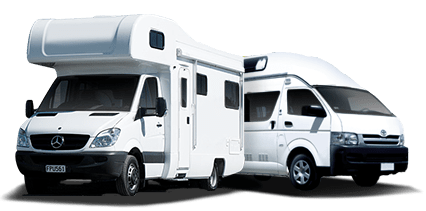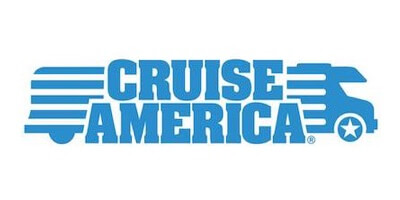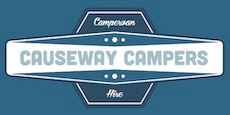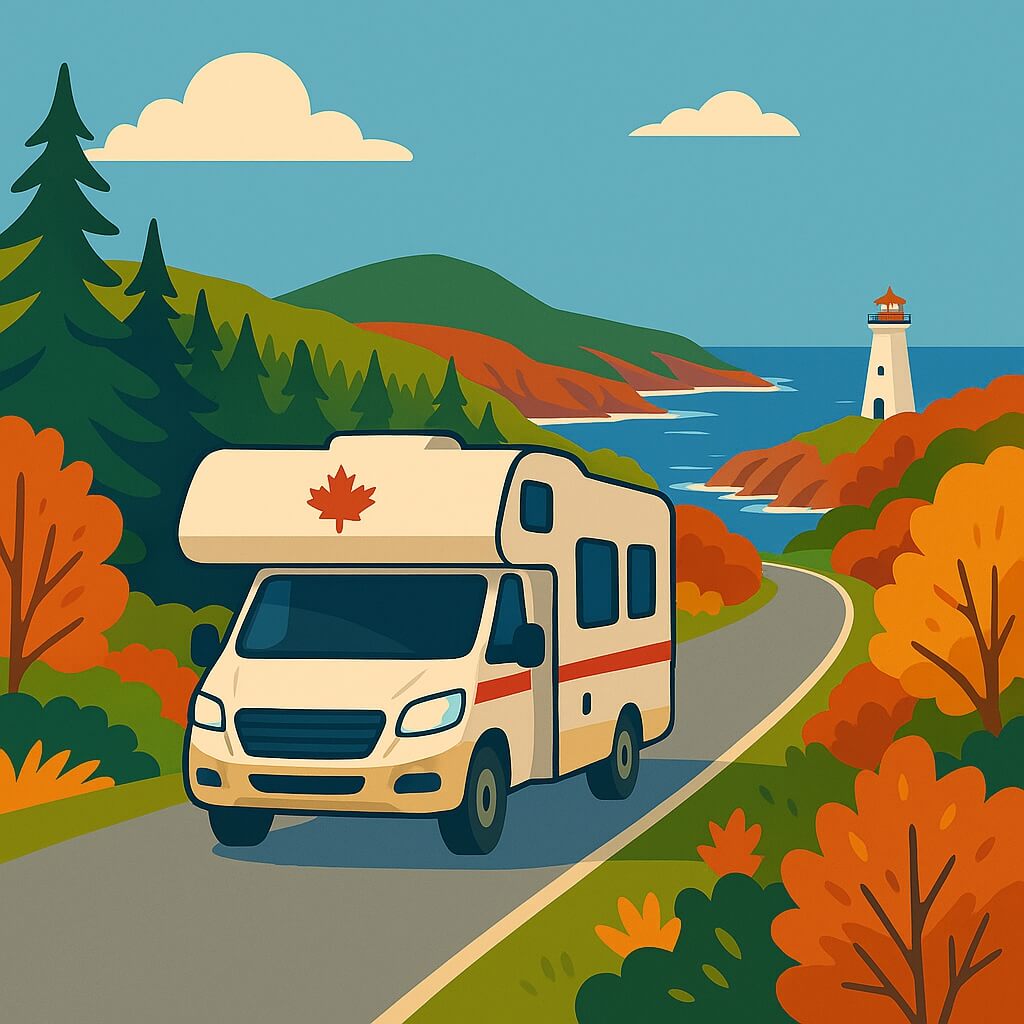RV Rental in Nova Scotia | Unbeatable Rates

Big savings on leading brands






RV Rental in Nova Scotia
An engaging RV journey through Canada's Eastern Shores

Welcome to the serene and stunningly beautiful Nova Scotia, a province on Canada's eastern coast. Renowned for its towering cliffs, verdant forests, and breathtaking seascapes, Nova Scotia stands as a paradise for nature lovers. Considered one of the best RV adventures in the whole of North America, embarking on a journey through this province allows you to reflect on the scale and awe-inspiring majesty of nature while driving at your own pace.
If your route takes you along the Cabot Trail, prepare for some truly exquisite scenery. Regarded as one of the world´s most scenic destinations, its panoramic views of the Gulf of St. Lawrence and the rugged Atlantic coastline will stay with you long after your trip concludes. Nova Scotia is also home to the iconic Fort Anne and Kejimkujik National Park, famous sites where history and nature meet.
Given the province's relatively small size, you can cover many of its extraordinary attractions without having to drive extended distances. Covering about 580 km from Yarmouth in the south to Cape Breton in the north, Nova Scotia is perfect for a leisurely RV excursion. Plus, with 13 provincial camping parks providing top-class services for RV travelers, exploring Nova Scotia´s abundant natural beauty has never been more enjoyable or stress-free.





